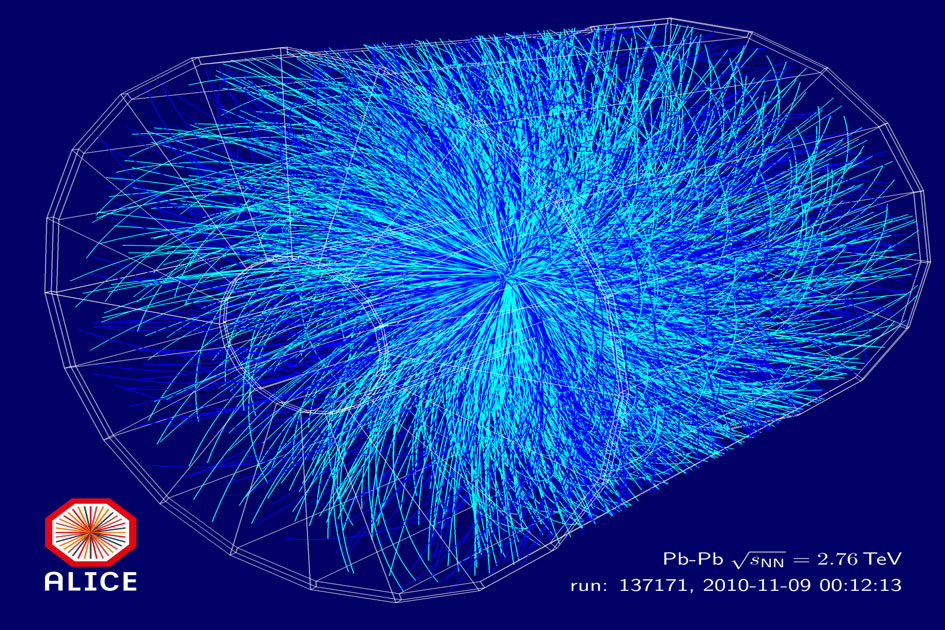Physics 366. Elementary Particles with Prof. Andrew Larkoski.
Introduction to the theory and phenomenology of elementary particle physics. The goal of this course is to get students to be able to understand and interpret data from modern particle physics experiments with a focus on the Large Hadron Collider. Key ideas in particle physics are developed with guidance from physical intuition, such as symmetries and conservation laws, particle spin, Bjorken scaling and evidence for constituents of protons, scale invariance and jets in the strong force, parity and charge conjugation violation of the weak force, and neutrino oscillations. Extensive examples from published data are used to test the physical theories explored in this class. Prerequisite: Physics 201 and 202 and Mathematics 201 and 202. Lecture.
Prof. Larkoski is a theoretical particle physicist whose research focuses on the physics of the Large Hadron Collider experiment, located in Geneva, Switzerland. He is most interested in jets: collimated streams of particles that are the manifestation of the strong nuclear force, quantum chromodynamics, at exceptionally high energies. He was instrumental in developing methods that are now widely used in analyzing the data from the Large Hadron Collider. Prof. Larkoski earned his Ph.D. from Stanford and won the Wu-Ki Tung Award for outstanding contributions by an early-career researcher for his work on quantum chromodynamics.
